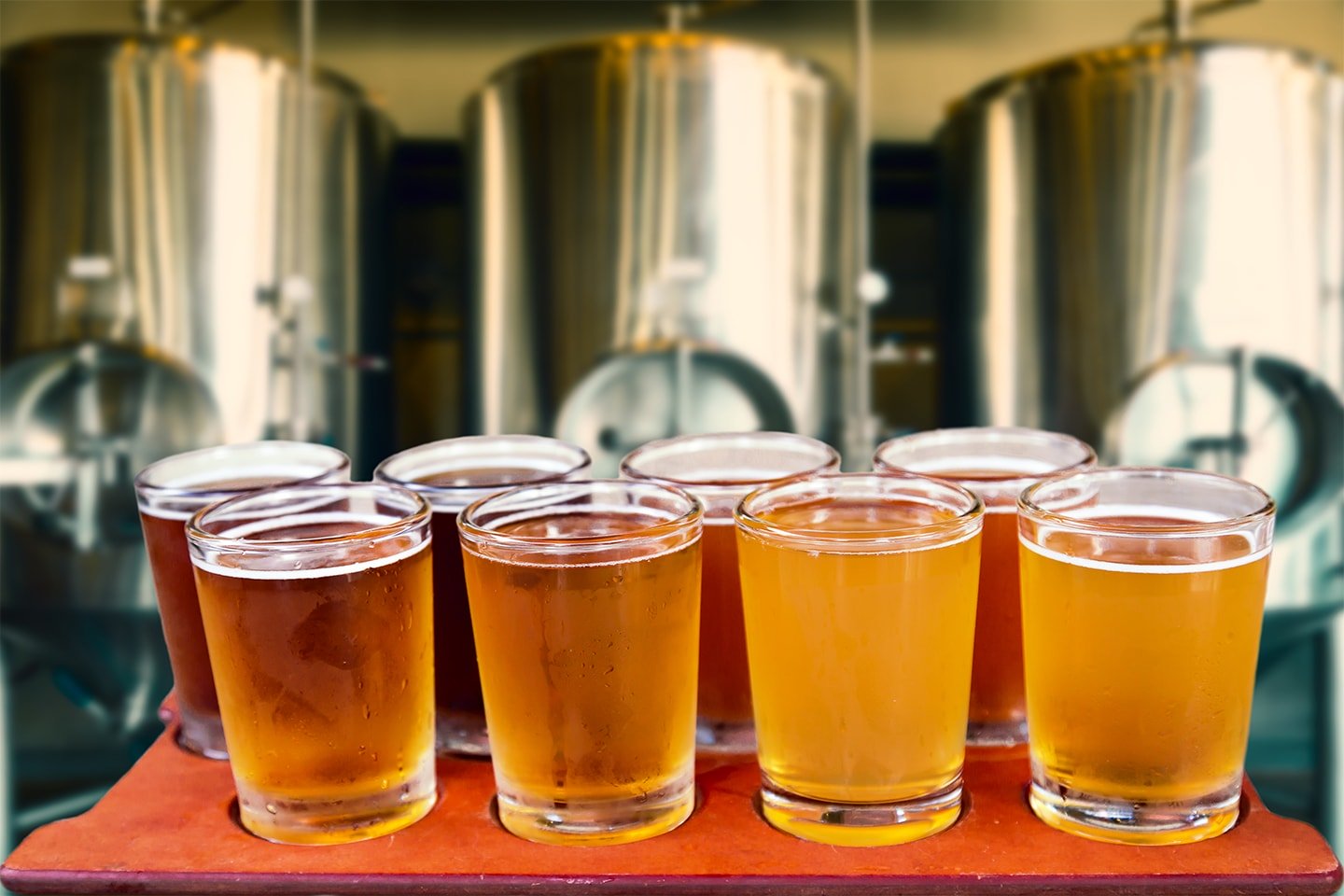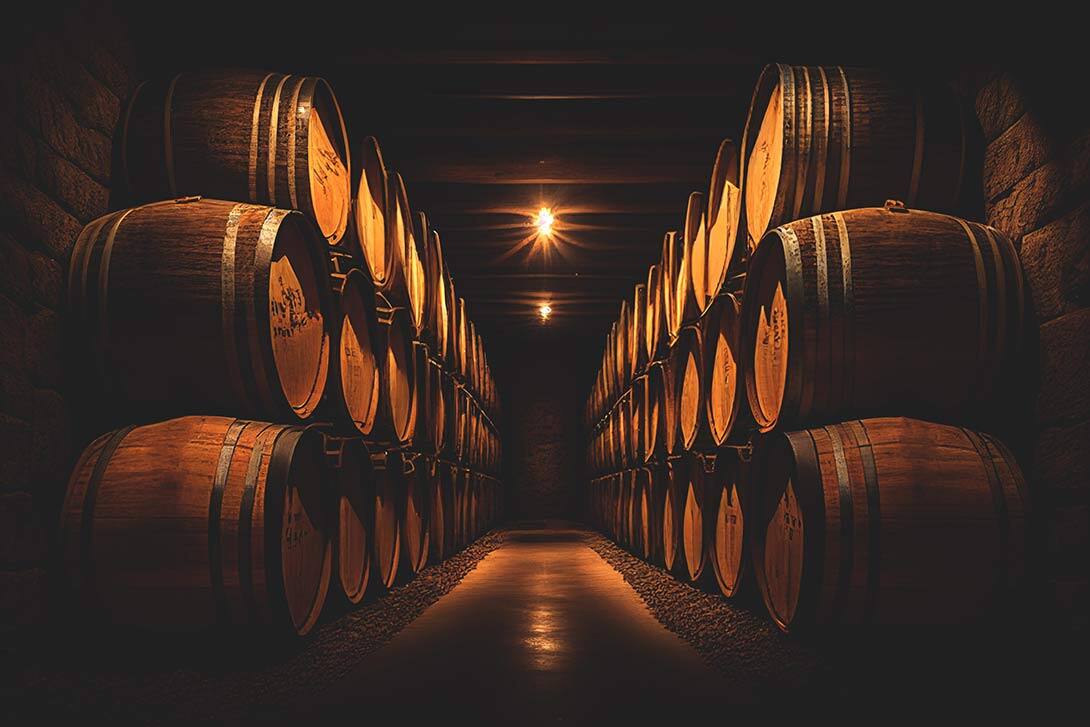A growing demand for locally-produced goods and services has drawn increasing attention to businesses offering local and authentic products. Consumer preferences have shifted to products that come across as local, particularly in sectors as diverse as food and dining, wine and beer, handicrafts, music, and travel. As a result, these sectors have experienced an increase in the creation of local businesses with restaurants offering “authentic” food, micro-breweries experimenting with their beers, and travel operators offering unique experiences.
However, in traditional industries such as wine and beer, the creation of new businesses as well as the introduction of innovative products can prove difficult. In these industries, incumbent producers have often survived multiple generations and their long tenure in the industry gives them the unique opportunity to create enduring relationships with their customers. In a study called “Grown local: community attachment and market entries in the Franconian beer industry”, produced with my co-authors Nikolaus Beck and Filippo Carlo Wezel, we explore the environments where entrepreneurs are most likely to succeed in starting a local business.
Brewing is clearly an industry where local products matter. We study the establishment of new breweries in the Franconian beer industry (Northern Bavaria, Germany) between 1989 and 2012. Being one of the oldest industrial agglomerations in Europe, Franconia developed a highly traditional cluster of breweries where producers and community members have a strong interest in preserving their local and authentic character.
In spite of all constraints in establishing a new brewery in this highly traditional industry, 75 entrepreneurs managed to start their businesses successfully. How did they go about it and which contexts favored them most?
Our study outlines the most promising scenarios for entrepreneurs aiming to develop local products or experiences. Two scenarios offer the best conditions for starting a local business. The first one refers to geographical areas where incumbent producers are poorly connected to the local community and there is little residential mobility among consumers living in that geographical area [high residential stability and low incumbents’ local experience, see chart]. This is where entrepreneurs will find opportunities as their entry into the market can be seen as reviving local traditions that the incumbents fail to represent. A second scenario refers to geographical areas where incumbent producers are poorly connected to locals and there is high residential mobility among consumers. Because consumers are highly heterogeneous or varied under this scenario, entrepreneurs have more room for introducing new products [low residential stability and low incumbents’ local experience, see chart]. Inflows of tourists and commuters also provide an alternative window of opportunity for entrepreneurs.
Our study also suggests that entrepreneurs have a hard time when incumbent producers are deeply attached to the local community [high incumbents’ local experience, see chart]. Under these circumstances, producers and consumers develop a tight-knit fabric of relationships that is difficult for entrepreneurs to overcome. As a result, it can be challenging for new businesses to convince community members of their authenticity. This context becomes even more difficult when not only producers are locally attached to the community but also in areas with low residential mobility.
Implications for the food and beverage and hospitality industries
Entrepreneurs seeking to enter sectors characterized by strong traditions and enduring relationships with customers (for example, Italian and French wineries, farmers’ markets, the slow food movement, and ethnic food corridors) should consider additional barriers to entry such as the attachment that incumbent producers and consumers show towards the community where they are based.
The incumbents in these industries are likely to remain local and interact with consumers and various stakeholders, not only via commercial transactions but also through social and cultural arenas. As a result, they are deeply connected to the communities in which they operate and newcomers are likely to be perceived as illegitimate players.
Thus, one potential strategy for opening a business in these industries would be to identify market niches where incumbents are not firmly entrenched with local consumers. This is the case with breweries such as Pax Bräu where the incumbents are not very attached to the local community. In addition to this, if the goal of entrepreneurs is to introduce innovative products and/or services in these industries, they should distribute their products in regions with varied consumers and preferences. Schanzenbräu in Nürnberg provides an example of a successful brewery located in a city where high residential mobility provides a diverse pool of customers who have developed a palate for innovative beers.





